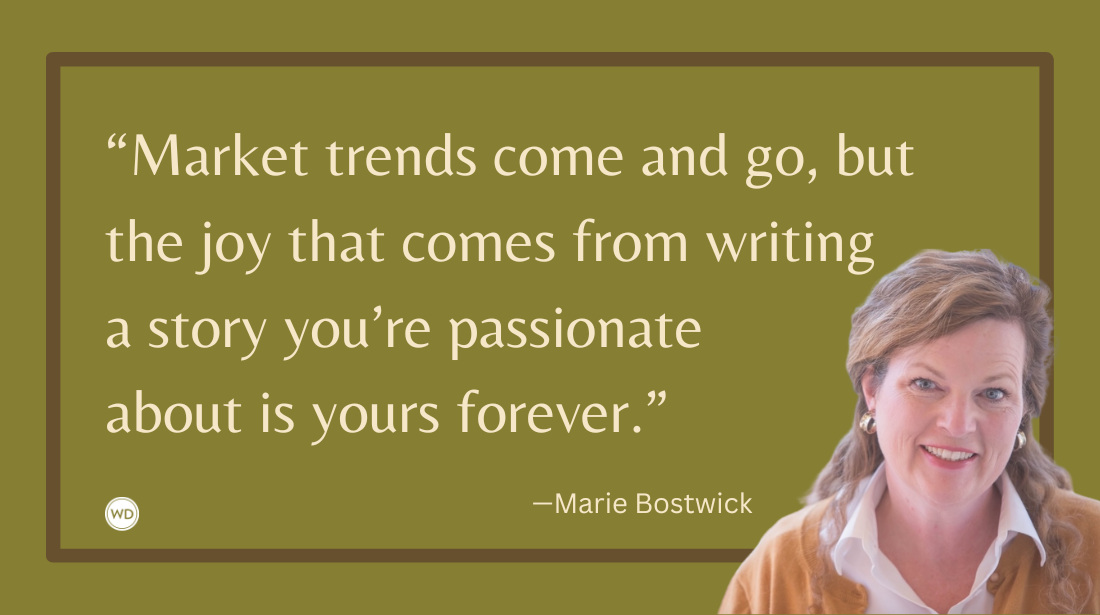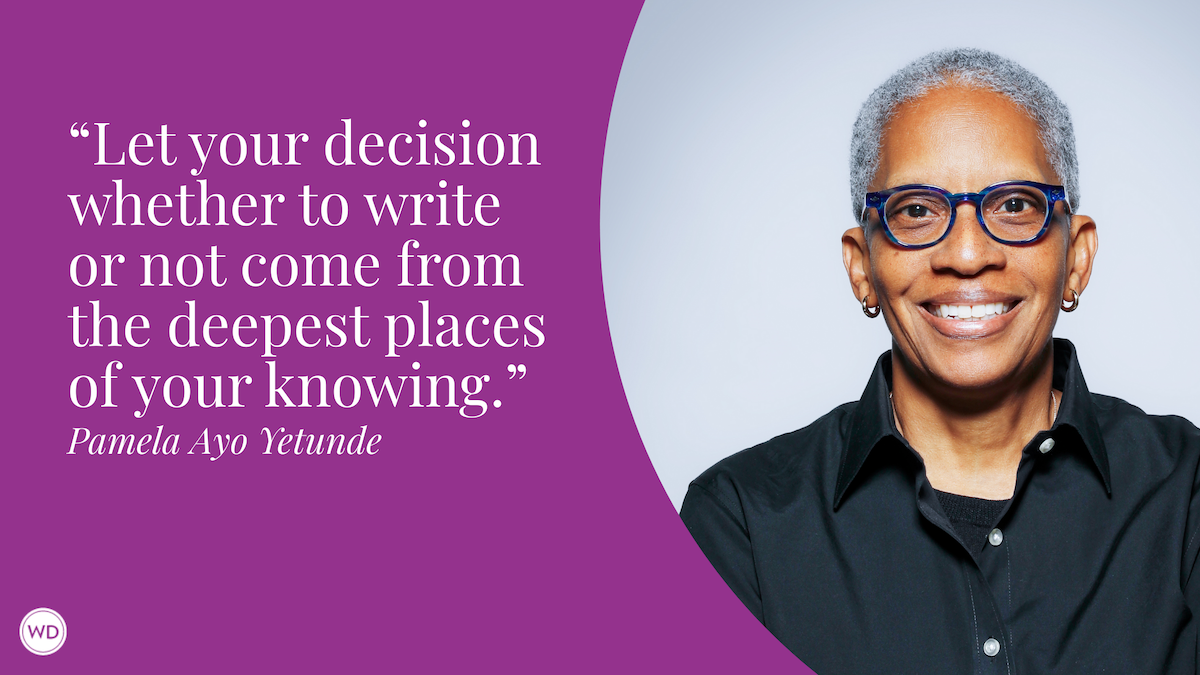Writing Mistakes Writers Make: Following Writing “Rules” Too Closely
The Writer’s Digest team has witnessed many writing mistakes over the years, so we started this series to help identify them for other writers (along with correction strategies). This week’s writing mistake is taking writing “rules” too seriously.
Everyone makes mistakes—even writers—but that's OK because each mistake is a great learning opportunity. The Writer's Digest team has witnessed many mistakes over the years, so we started this series to help identify them early in the process. Note: The mistakes in this series aren't focused on grammar rules, though we offer help in that area as well.
Rather, we're looking at bigger picture mistakes and mishaps, including the error of using too much exposition, neglecting research, or trying to write for everyone. This week's writing mistake writers make is taking writing “rules” too seriously or following them too closely.
When I joined the Writer’s Digest team in late 2017 the very first project I worked on was the book Writing Without Rules by Jeff Somers. It has colored my approach to the writing instruction we provide at WD ever since—and that includes in the magazine, on this website, and at our conference. And the gist of it is this: It’s advice. Nothing more than that. Writing rules? No, thank you.
In nearly every WD conference session I’ve been in, the speaker or panelists have offered suggestions for what works for them in their writing, and inevitably an attendee in the session asks a question about the minutiae of that suggestion that implies they take that instruction as The Way to do something. On the one hand, it is incredible to see writers connect with a piece of advice someone else offers. That lightbulb moment where something about a writing problem you’ve been having comes clear—I’ve had those moments myself! But on the other hand, I worry that the creativity of the person asking the question will end up stifled by strict adherence to what works for another writer.
Because here’s the thing (and I’ll say all this at the risk of stating the obvious): We’re all different writers. What works for one writer might be the exact opposite of what works for you. To say that every writer needs to get up at 5 a.m. and write for an hour or write at least 500 words each day isn’t true. It doesn’t take into consideration the entirety of the rest of the life a person leads. Likewise, with craft advice: Instructor A might tell you that you must create outline your novel before sitting down to do the actual writing. Instructor B might say outlining makes a novel too stilted and predictable. Both are right; both are wrong.
Just as each of us learns differently, we write differently. We solve plot problems differently and we have different life situations that force us to create writing habits that are different from the next person.
All of this comes together to form what I love about the contributors who write for WD and who teach at our conferences and online university. The don’t agree with one another. In fact, many of them contradict each other. Or better yet, within their own article or class, they’ll offer two or three options for how to approach a writing problem. Because the most important piece of writing advice is to find the advice that works for you.
And taking the advice that works for you might mean trying other bits of advice and failing (except can you really call it failing if you’ve learned something in the process?). In her interview with WD, Jasmine Guillory said she tried to write a novel without an outline and it didn’t work: “Even if most of the time when I write an outline, I diverge from the outline a lot as I go through, it just helps me to have something there to keep going.” While Chris Bohjalian said the opposite works for him, “I can't imagine, most of the time, knowing the ending for a book, because the pleasure for me is being in this room and letting my characters take me by the hand and lead me through the dark and the story.” Two incredibly successful writers with two totally different approaches to drafting.
(The caveat here, because I love caveats, is that I’m specifically talking about the actual writing. Not the querying or submitting or the business side of things. For that, there are tried and true best practices that are more likely to help one find publishing success. But even here, note that they’re “best practices,” still no rules.)
So here’s a piece of writing advice for you, and we can thank Jeff Somers for this: Write without rules. Absorb the writing advice you read and hear, think about the kind of person you are and how you find success in other parts of your life (I’m a planner in life so it would make sense that outlining works for me), and try out the advice that most appeals to you. If it doesn’t work, don’t be afraid to tweak your approach because if you do that, you just might be the next person offering advice to readers of WD.
Order a copy of Writing Without Rules by Jeff Somers.
[WD uses affiliate links.]
About Amy Jones
Amy Jones is the Editor-in-Chief of Writer’s Digest and was the managing content director for WD Books. She is the editor of the Novel and Short Story Writer's Market and Children's Writer's and Illustrator's Market. Prior to joining the WD team, Amy was the managing editor for North Light Books and IMPACT Books. Like most WD staffers, Amy is a voracious reader and has a particular interest in literary fiction, historical fiction, steamy romance, and page-turning mysteries. When she’s not reading, Amy can be found daydreaming about Italy or volunteering at her local no-kill cat shelter. Find Amy on Twitter @AmyMJones_5.








